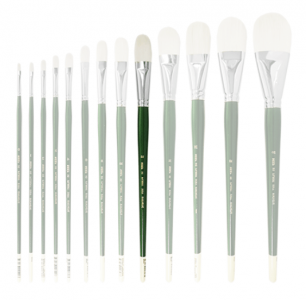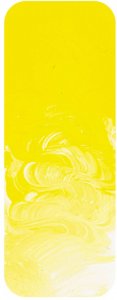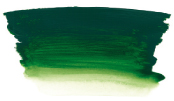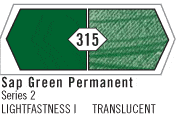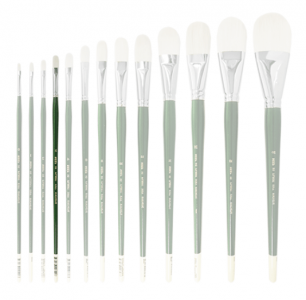Description
"Burgundy is a deep reddish purple colour that has been popular for many years. It is similar to the tyrian purple used in antiquity. That colour was made from sea snails and was reported to cost the same as the same weight of silver. It was the colour worn by Roman emperors and it was forbidden for ordinary people to use the colour. Its origins were with the ancient Phoenicians or the Minoans and production finally ceased in the 12th century AD. Fortunately Burgundy is far more affordable than the ancient colour. It is a blend of Quinacridone Red, NAPHTHOL Red, and Black. Since it is possible to mix a blend like this on the palette, it is reasonable to ask why buy it in the tube premixed? It is easy to suggest that it is simply because the shade is very attractive to the eye, and people like buying pretty things. That might explain the first sale, but what about the second and third? Clearly there is more to it than just being a pretty colour. In the real world of the studio artists have always found that certain colours are more useful than others. That might be because they make a great base for mixing certain kinds of colours that are commonly used in paintings. Earth colours, for example, are not so bright as some other colours but their muted earthy tones are perfect for everything from human skin to rocks and trees. Burgundy can be considered an earthy dark red. It is the colour of dark red wine and is commonly found in hair colours and flowers and tints of it are often in the shadows in skin. It is a useful colour, sufficiently useful that the artist would wish that there is a pigment this exact colour, but there isn???t and so mixtures are the only possibility. There are many artists who appreciate the convenience of having it premixed ready for use. It saves time and it gives a consistent result that can be relied upon every time it is used.
Burgundy is a surprising colour. It is easy to think of it for making burgundy types of dark leathery reds, but it also likes to play with other colours. Mixing it with Australian Ghost Gum is not the first thing many artists would think of but that combination produces dusky colours that are gorgeous. The red components in the Burgundy show in these dusky colours as a beautiful pinkish undertone. These dusky colours are perfect for exploring the colours in the bark of gum trees, or the light in summer afternoons in the country. On a hot day there might be inky violet shadows in crevices and burgundy mixed with Ultramarine Blue can make those sorts of violets. Dark violets made with Burgundy and Ultramarine are full of dark mysteries and hidden depths. On the other hand mixing with Cerulean Blue produces a very different result. Now the blues are soft and gentle, suited to the wildflowers and distant hills. Blues like this are also the sorts of blues that are found in skies as the sun disappears over the horizon and the sky starts to darken toward night and loses the intensity of daytime blue.
"


